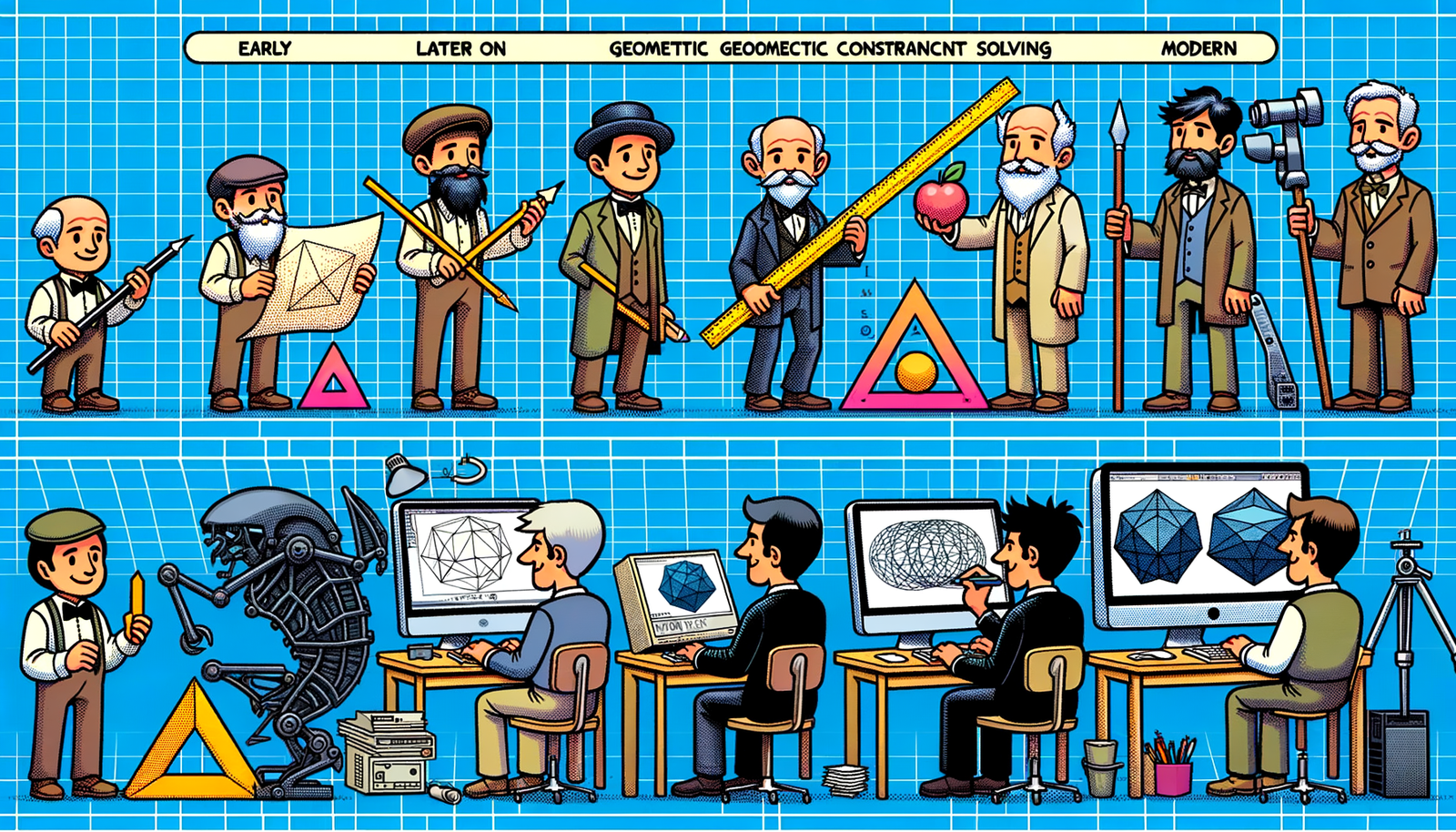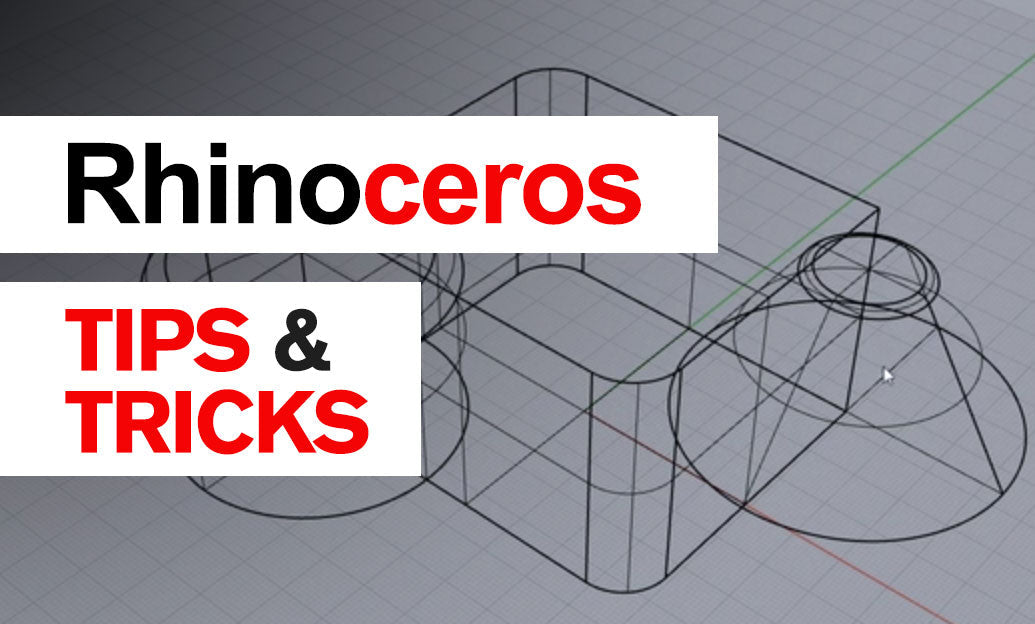Your Cart is Empty
Customer Testimonials
-
"Great customer service. The folks at Novedge were super helpful in navigating a somewhat complicated order including software upgrades and serial numbers in various stages of inactivity. They were friendly and helpful throughout the process.."
Ruben Ruckmark
"Quick & very helpful. We have been using Novedge for years and are very happy with their quick service when we need to make a purchase and excellent support resolving any issues."
Will Woodson
"Scott is the best. He reminds me about subscriptions dates, guides me in the correct direction for updates. He always responds promptly to me. He is literally the reason I continue to work with Novedge and will do so in the future."
Edward Mchugh
"Calvin Lok is “the man”. After my purchase of Sketchup 2021, he called me and provided step-by-step instructions to ease me through difficulties I was having with the setup of my new software."
Mike Borzage
Rhino 3D Tip: Enhancing Modeling Workflow with Rhino 3D's History Feature: Tips for Effective Design Change Management
May 05, 2024 2 min read

Rhino 3D Software is an incredibly powerful tool for designers and engineers. One of its many features includes the ability to track the history of your design changes, which can significantly enhance your modelling workflow. Today, let's explore how to use Rhino's History to manage design changes effectively.
- Understanding Rhino's History: History records the relationships between objects in the modelling process. For instance, if you have a curve used to create a surface, modifying the original curve will update the associated surface automatically.
- Enabling History: To make use of this feature, ensure that the 'Record History' option is enabled before you begin modelling. This can be toggled on or off at any time from the status bar at the bottom of the Rhino window or by typing the 'History' command.
- History Warnings: Be aware that when you try to transform an object with history, Rhino will alert you that the action will break the history. You can choose to proceed or cancel the transformation to maintain the history chain.
- Lock Children: If you want to transform an original object but keep the history for its children, use the 'Lock Children' feature. This allows the original object to transform without updating its dependents.
- Purge History: To remove history from an object, use the 'PurgeHistory' command. This is useful when you no longer need the associative relationships and want to prevent unintended updates.
- Managing Complex Histories: For complex models with multiple history-recorded relationships, use 'HistoryPurge' to selectively break history links or 'HistoryUpdate' to manually update objects when automatic update is turned off.
- Uses in Practice: History is particularly useful in iterative design processes, allowing you to quickly test different shapes and forms. It's also beneficial for creating patterns or arrays where the original element is frequently modified.
For a comprehensive selection of Rhino 3D tools and plugins to enhance your modelling experience, check out NOVEDGE.
You can find all the Rhino products on the NOVEDGE web site at this page.
Also in Design News

Bluebeam Tip: Maximize PDF Security and Efficiency with Bluebeam Revu's Flatten Tool
December 02, 2024 1 min read
Read More
Design Software History: Evolution and Impact of Geometric Constraint Solving in CAD History
December 02, 2024 2 min read
Read More
Rhino 3D Tip: Enhancing Scale Modeling Accuracy in Rhino 3D: Essential Tips for Designers and Engineers
December 02, 2024 2 min read
Read MoreSubscribe
Sign up to get the latest on sales, new releases and more …


